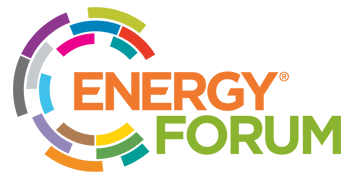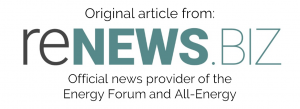New report says growing renewables capacity will help unlock opportunities for the gas.
Hydrogen produced from electrolysis will be competitive with natural gas by 2035, according to DNV GL.
The company’s research paper ‘Hydrogen in the electricity value chain’ found that as capacity of renewables, such as offshore wind, increases, opportunities to use cheap electricity for green hydrogen applications will become feasible over the next 16 years.
According to DNV G,L three developments are responsible for bringing down the cost of hydrogen production using electrolysis.
The first is ongoing reduction in the cost of electrolysers, due to learning curve experiences and the cost of asset developments, expected to decrease.
Secondly, time periods when low or zero cost prices for electricity are available will increase due to the rise of renewables, generating a surplus of energy available to the power grid.
Finally, as schemes that essentially penalise carbon emissions become established, such as carbon taxes, industries are expected to see a shift away from carbon-heavy activities, which includes using gases for heating and processes.
DNV GL’s Energy Transition Outlook forecasts that solar PV, wind energy and hydropower will account for 80% of global electricity production in 2050.
As this capacity increases, opportunities to use its low-cost electricity are becoming feasible to avoid curtailment, initially conversion into heat, then – daily – battery storage and eventually conversion into green hydrogen, for applications including season storage.
DNV GL Energy technology and innovation vice president Lucie Craig said: “The prospect of delivering affordable hydrogen applications in the mid-term future provides a very encouraging signal to accelerate the global energy transition.
“Our research demonstrates that green hydrogen provides an optimal use for surplus electricity, which we expect to see in the years to come due to the rapid rise of renewable energy,” it said.
DNV GL’s researchers made a distinction between hydrogen production using surplus electricity generation from renewables and peak electricity generation, applying hydrogen as a fuel.
The distinction is based on the underlying belief that the role of hydrogen in the electricity system competes with alternative solutions to the challenges of the energy transition and the increasing penetration of variable renewable energy systems.


